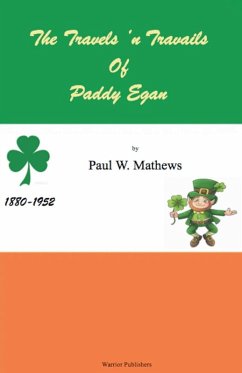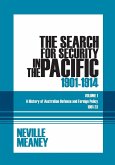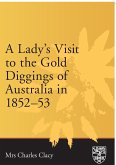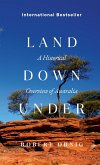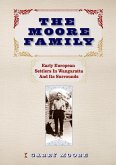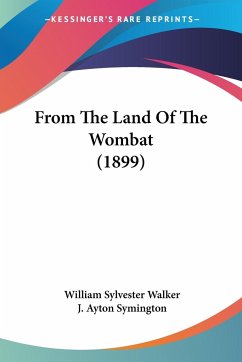Historical or ancestral research can involve putting flesh on ancient bones of some quirky characters, providing insights into how late colonialists lived through good and hard times of NSW. Take, for example, Anthony Egan and his wife, Ann Ryan, who were originally from the Bathurst/Orange region beginning in 1855, then later moved on to Dubbo and Narromine. Their first son, George A Egan, was born in 1880 in Cudal. Of interest is that one Paddy Egan also was born in 1880 in a place unknown, and his parents also were Anthony Egan and Ann Ryan. Both Egans had an injury to the right hand. George had brothers living in Bowral, Paddy lived in Bowral from 1932. George had 13 siblings, Paddy had none. George disappears from the records in 1917, whereas Paddy has no record until 1926. Could George and Paddy be one and the same person? Such a narrative might account for the gaps in the accounts of "both", and proffer another way to develop historical and ancestral research in an imaginative and delightful way, rather than merely drawing kinship lines on a chart, or abiding by the acclaimed "3-pieces-of-proof rule". Follow the trials, tribulations and happy events of Paddy (or George) Egan from his birth in 1880 to 1952, around NSW, from Dubbo to Junee, and his 4 year-old daughter, Lillian, his shiralee. Paddy's story is a testament to lived family and social history, informing us of how ordinary people lived in whatever circumstance, revealing in their own way the human social condition.
Hinweis: Dieser Artikel kann nur an eine deutsche Lieferadresse ausgeliefert werden.
Hinweis: Dieser Artikel kann nur an eine deutsche Lieferadresse ausgeliefert werden.

